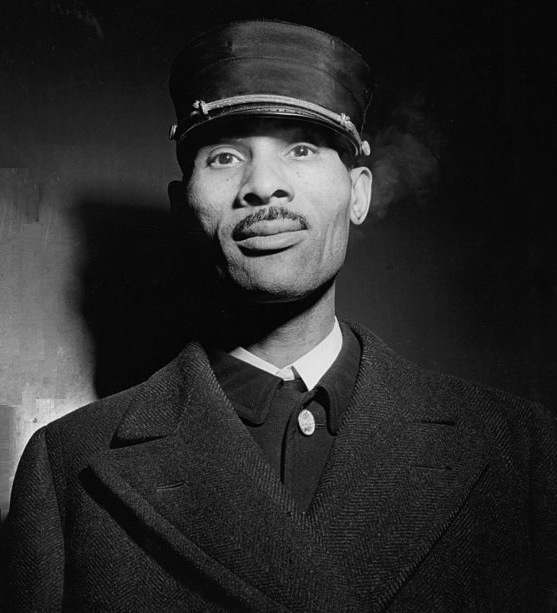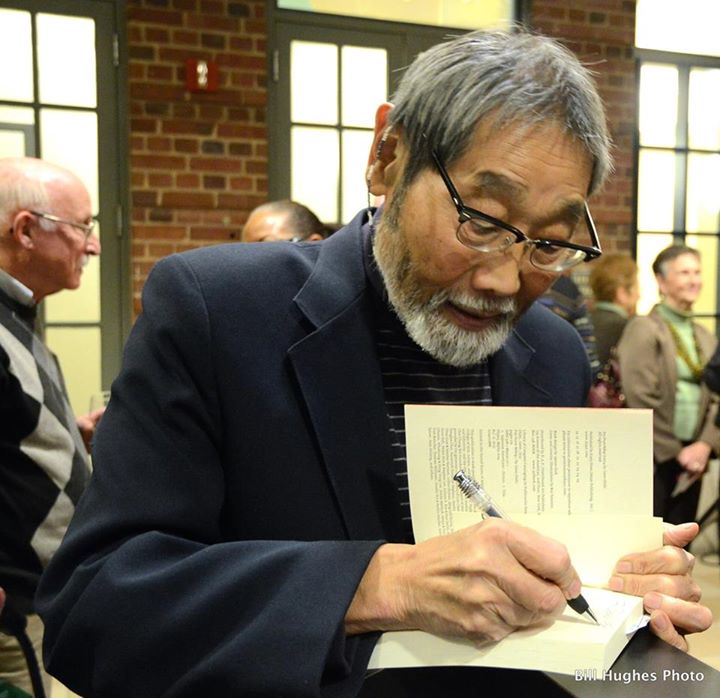
The author’s vision of what Deuteronomy Graves, a worker at the Vulcan Tire Co. in 1930s Baltimore, would look like, were he not a fictional character.
A Voice of Baltimore Feature, an excerpt from
ROOBY TAWR, a novel in progress
set in mid-20th Century Charm City
By Joel Foreman
When Deuteronomy Graves told Reuben Michael he would mitigate, he didn’t say noth’n ’bout the vortex.
Ruby wouldn’t have paid it no mind — D had all kinds of wild imaginings. Harmless stuff that Ruby listened to semi-seriously with one cocked eyebrow.
So there wasn’t any point in D sharing the bad feeling he got about the doctor Ruby was going to see up the Circle.
D had been up to Park Circle himself. Once! To mount a rush order of retreads on a used Chevy waiting for its new owner to drive off the lot at Park Circle Motor Company.
When D finished the task, he figured it’d be OK to spend a few minutes taking in the suburban neighborhood.
He’d read about it in the Jewish Times — read for-sale notices for the porched two-story row houses that lined the streets of Cottage, Towanda, and Park Heights Avenues.
Read ads for the strip on the 3500 block where you could get challah and sticky buns from Holtzman’s Bakery; corned beef, whitefish, and kishke from the Lapidus Delicatessen; and yahrzeit candles from Bertha Friedman’s dry goods store, to commemorate the Jewish dearly departed.
D had always thought of Park Heights as being way way out, a neighborhood he was never likely to visit. Yet here he was, taking it all in from the cab of the Vulcan Tire pickup truck.
He drove slowly around the Circle so as to contemplate the exotic entranceway to Carlin’s Amusement Park, with its twin towers, pagoda windows, ornate architectural details, and the façade of the skating rink, Iceland, looming above.
He drove past the green edge of Drew’d Hill (Druid Hill) Park, past the corner where the No. 5 and No. 33 streetcars stopped before splitting off to glide up the major arteries of Park Heights Avenue and Reisterstown Road, and decided to head north a few blocks.
He wanted to see the new synagogue — Shaarei Zion — that his and Ruby’s fellow Jews had built. It looked like a Greek temple with its triangular pediment and three columns in front.









